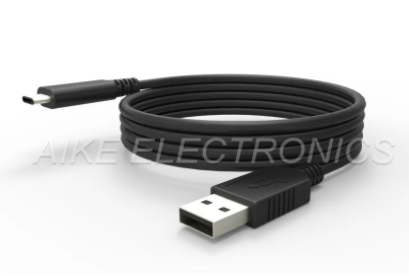What is the value of traffic signals?
Signals offer maximum control at intersections. They relay messages of both what to do and what not to do. The primary function of any traffic signal is to assign right-of-way to conflicting movements of traffic at an intersection. This is done by permitting conflicting streams of traffic to share the same intersection by means of time separation. By alternately assigning right of way to various traffic movements, signals provide for the orderly movement of conflicting flows. They may interrupt extremely heavy flows to permit the crossing of minor movements that could not otherwise move safely through an intersection.
When properly timed, a traffic signal increases the traffic handling capacity of an intersection, and when installed under conditions that justify its use, a signal is a valuable device for improving the safety and efficiency of both pedestrian and vehicular traffic. In particular, signals may reduce certain types of accidents, most notably, right-angle (broadside) collisions.
While many people realize that traffic signals can reduce the number of right-angle collisions at an intersection, few realize that signals can also cause a significant increase in rear-end collisions. Normally, traffic engineers are willing to accept an increase in rear-end collisions for a decrease in the more severe right-angle accidents. However, when there is no right-angle accident problem at an intersection, and a signal is not needed for traffic control, the installation of traffic signals can actually cause deterioration in the overall safety at an intersection. Traffic signals are not a "cure-all" for traffic problems. The primary goal of the traffic engineer is to attain the safest and most efficient overall traffic flow possible. In addition to an increase in rear-end accident frequency, unjustified traffic signals can also cause excessive delay, disobedience of signals, and diversion of traffic to residential streets.
So how do you as a potential collector or a seller know what is a fair price?
Compare before you bid or buy.
Signals for sale can be found on auction sites such as eBay and they also show up on places such as Craig's List. eBay has a section called "Traffic Lights and Signals." There are hundreds of listings with prices spread all over the map. Some sellers are asking ten times or more than the value of items listed, so establish a fair value based on items that are actually receiving bids.
Read the description carefully.
Once you have a sense of the value of what you are looking for, read the listings carefully to determine what you are actually getting. Has a piece sustained significant damage that would be expensive to repair? Are the visors present or would finding replacements add to your overall costs? Are the reflectors present and intact? Glass reflectors can discolor over time and can suffer minor stress cracks, but the big issue involves reflectors for which large chunks are missing or are absent altogether. Are the lenses original to the signal or have they been broken and non-original lenses replaced them?
Get as many views of the signal as possible.
Related links:Drone Motor Efficiency: Factors to Consider for Longer Flight Times
Ask the seller for additional views if the ones posted don't show all sides of the signal, show the signal with doors open to verify the condition of internal components, and show the lenses. While it may not seem significant, having original lenses in a signal is important to preserving its originality. While replacement lenses can be found, costs can range from around $15.00 to over $100.00 each, depending on rarity, so having those original lenses can affect final restoration costs. Also with some manufacturers, various vintages of signals may appear identical on the outside, but clues to their actual ages can be found by looking at the interior components.
Knowing what is inside is important.
Also note that sometimes sellers will not provide interior views because the door latches and/or hinges are frozen. Such issues can be problematic when trying to restore such pieces, plus there is no way to know what is actually inside.
Older signals will often suffer from worn out internal wiring, especially if they had fabric coated wire. Old wiring, while potentially dangerous, is one of those issues that can be easily remedied. Please see the Restoration Tips section for advice on that issue.
Verify provenance claims.
When a seller claims a particular provenance of a signal and attaches that provenance as a basis for a high price, do a little research and determine if that provenance can be authenticated, or at the very least, if that type of signal was used at the location and time period claimed.
Selling tips
If you are selling a signal and are unfamiliar with traffic signals, these same tips apply. If you think you have a valuable piece, include the various views of the signal with your listing, including views with the doors open showing internal components. Providing a "complete look" at a truly valuable item can increase the confidence of potential buyers.
What is the value of traffic signals?
Collectors' Tips: Traffic signal values, buying and selling
Related links:What are the different types of emergency power supplies?
Small Size, Big Impact: How Micro Camera Modules Are Changing Industries
How does an Automotive Agm Start-Stop Battery differ from a traditional battery?





